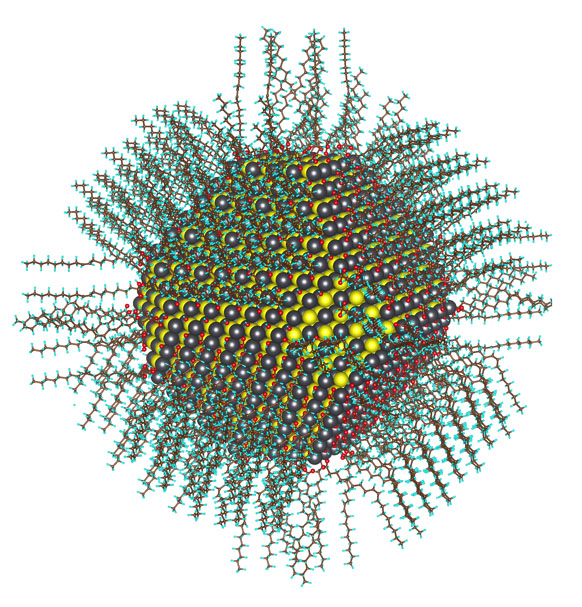Quantum communication experiments developed for communication networks require single photon sources with a tunable frequency and a narrow linewidth. Semiconductor quantum dots are good candidates for realizing such sources, but they need to be coupled to high finesse cavities to improve their coherence properties. Enhancement of light-matter interaction at the nanometer scale is a key issue of modern photonics. It is possible to tailor the properties of individual quantum emitters by modifying their electromagnetic environment. However, in order to achieve a strong influence of the environment on fluorescent emission, it is critical to control the position of the emitter with nanometer accuracy in the near field of a nanostructure. Our group is working to control the nano-positioning of single photon emitters on photonic nanostructures with high precision.
During the internship, the main goal will be to study experimentally a hybrid apparatus that couples the light from a single photon emitter to an optical nanofiber. In the long term, we will nano-position with an atomic-force microscope tip a single quantum emitter inside a cavity directly embedded in the nanofiber itself.
Optical cavities are often employed to increase the interaction between light and matter. A natural step forward for nanofiber-based hybrid systems is therefore the use of a cavity that can substantially enhance the coupling of the nano-emitter emission into the nanofiber. Indeed the interaction is enhanced by the transverse confinement of the field in the fiber core as well as the longitudinal confinement of the field between the mirrors. It has been theoretically predicted that the collection efficiency into the nanofiber guided modes can be enhanced up to 94% by incorporating a moderate finesse cavity structure to the nanofiber.
The nanofiber is home-made at LKB by heating up a commercial optical fiber that can be stretched in order to reduce its diameter down to 300 nm. This diameter is less than the wavelength of the light and will therefore induce an strong evanescent electromagnetic field around the nanofiber. An emitter placed on the nanofiber will then interact with this evanescent field and be coupled to the guided mode of the fiber.
Recent results [1] have been obtained on this topic and we are looking for a motivated, smart and curious candidate who wants to join the Quantum Optics group and to conduct high impact research in the field of NanoOptics.
1. S. Pierini, M. D’Amato, M. Goyal, Q. Glorieux, E. Giacobino, E. Lhuillier, C. Couteau, A. Bramati, ACS Photonics 7, 2265-2272 (2020),
Highly photo-stable Perovskite nanocubes: towards integrated single photon sources based on tapered nanofibers

